Top 10 Coolest Things about the Ice Ages
Generally speaking, this might sound like I'm diving into the puns again, but what did you expect? Coolest just works the best for the title. Anyway, here are some cool things about the Ice Age.
Yes, what we often dismiss as a very long period of time in which the earth was submerged in ice as just one ice age, but truthfully, it's mostly the five major ice ages from millions of years ago to billions of years ago. The first was the Huronian Ice Age, over two billion years ago. The second was the Cryogenian Ice Age, around seven hundred million years ago. The third was the Andean-Saharan Ice Age, about four hundred million years ago. The fourth was Karoo Ice Age, about three hundred million years ago, and the fifth was Quaternary Ice Age, over two million years ago.
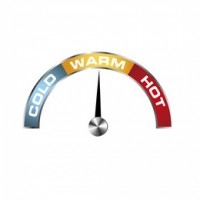
We tend to dismiss the Ice Ages as periods of hostile weather, and excruciating living conditions. But seriously, some could've been pretty enjoyable. From time to time, the harbingers of minor ice ages were so unbearable that even if the atmosphere allowed more heat into earth's atmosphere, the ice still formed because if pollution gets thick enough, it will reflect the Sun's rays back into outer space. They say this would turn the world into a huge "Baked Alaska" dessert, as the ice on the surface of the earth made it cold on the ice, but the atmosphere was still warm.
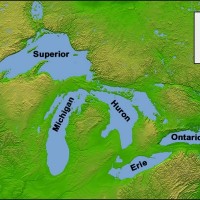
During this ice age (I think it was the Quaternary Ice Age, but I could be wrong) a mile-thick sheet of ice covered most of Canada the northern parts of the continental United States. The weight of this glacier created holes in the land, which were filled by the water from the glacier, although it took tens of thousands of years to do so. This essentially created the Great Lakes, and kudos to erosion, they got their shape they have in present day within a couple more thousand years.
That's pretty cool, I never knew that before today.
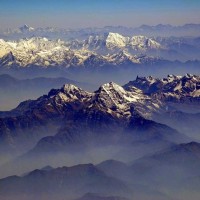
We don't really give mountains blame, or credit for anything but the occasional avalanche or perhaps sightings of cryptids. When the tectonic plates of India and the rest of Asia collided, tens of millions of years ago, the impact smashed stone into the Himalayas. This exposed a gigantic amount of stone into the elements. This huge mass of stone started eroding, which started a process that removed tons of carbon dioxide from the atmosphere over the course of time. This might've let the earth's climate to cool down enough to cause an ice age, although it was more than likely a minor one.
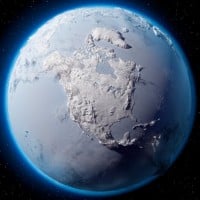
In the vast majority of ice ages, ice only covered a region or two of the world. Heck, one has covered two thirds of the earth. Snowball earth is the grandfather of all ice ages. As the name suggests, it was an ice age that covered the entire earth.
A deep freeze, in which literally every part of the planet's surface is ice and snow, making the earth look like a huge snowball. The last time we had a Snowball Earth was over 700 million years ago.
All of the earth was pretty much ice then, it would've been cool to have some pictures!
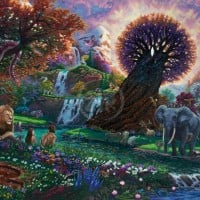
About 200,000 years ago, a very harsh ice age was exterminating creatures at a rapid pace. A couple hundred early humans were able to survive the cold by migrating to the coast of what we now call South Africa. Although ice was freezing life all over the world, this part of the world did not freeze and was very lively. The dirt was had plenty nutrients and it was abundant. There were many caves, which could be used as homes. It was paradise.
Historians suspect the Garden of Eden was thought to be just a few hundred humans, so the parallel is actually quite plausible. The theory that the coast of South Africa is supported by many experts in this area, but we can't quite call it fact, just yet.
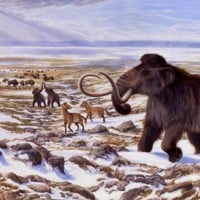
Given the wooly mammoth is arguably one of the first things that comes to mind, I'm hoping this doesn't come off as a gigantic surprise or anything, but hear me out. All of these animals were cut out of the same cloth: large and furry. There were so many large, furry animals that they got their own brand, so to speak. These animals were called "Megafauna," and they were the animals that survived the early ice ages. Megafauna animals could find food easily in an icy environment, considering how they adapted to their surroundings, like ice age rhinoceros had shovel-like horns for removing snow, and mammoths had the wool to keep them warm, or saber-toothed tigers had their fangs, as well as great stamina to pursue their prey.

Generally speaking, we consider ice ages these colossal, long, excruciating eras, and to an extent, that is an accurate depiction of them, but there have also been a couple of low-caliber ice ages. Usually, they were in between the larger ones, but the most recent of these smaller ice ages started in around the thirteenth century, and it got to its worst point around the 1500s. For centuries, the Northern Hemisphere was exposed to freezing cold, often in the below zero weather. In Europe, the seas froze and the colder nations could do nothing but watch ice engulf their land, with glaciers destroying villages. Awful weather conditions impacted every part of day to day life, and it may be partly why we look at the Middle Ages as the Dark Ages.
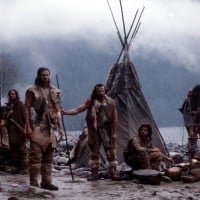
Given you didn't see anything that remotely resembles a human until the dinosaurs were extinct, process of elimination tells us that the first major ice age is when humans came to be on our planet. And they weren't as primitive as they're often depicted to be, either. Ice Age humans weren't exactly ahead of their time, as far as weaponry and what they used for hunting, either. They weren't as hairy as cavemen are often viewed as, and while they didn't have anything near a gun, they had bow and arrow, knives, and could even create decent traps for animals they were hunting.

I'm not big on global warming or climate change, but considering how carbon dioxide emissions going into the atmosphere plays a large role in of the case of global warming, I can follow the logic. The next ice age will be intercepted by humans using carbon dioxide. The earth tries to restart the ice ages, from time to time, but the the only way it can successfully recreate an ice age is if the amount of carbon dioxide in the atmosphere drops insanely. By polluting the earth with so much carbon dioxide, the human race may have made ice ages a thing of the past, and only the past. Even if we were to stop polluting the earth with carbon dioxide, in present day there's enough of it in the earth's atmosphere that it could prevent another ice age for another thousand years, at the very least.